
Tank Gauging, Alarm Handling and Cargo Control System
Radar Principle and its Advantages Rosemount TankRadar STaR System Description ed Radar Principle and its Advantages The main advantages for using radar for tank gauging are: • Radar waves are extremely robust to any conditions in the tank. • Radar waves are generally not affected by the atmosphere above

Tank Gauging System From Level Measurement To Computer
This video describes how a Tank Gauging System works. The system consists of a custody transfer certified non contacting Radar Level Gauge. Temperature is measured from multiple points to

Radar level measurement Endress+Hauser Endress+Hauser
Non contact radar with simple commissioning, trouble free operation saves time and money. For usage in a wide range of applications be it in simple storage tanks, in corrosive or aggressive media or high accuracy tank gauging applications. Check out the broad range of Micropilot devices for radar applications and click on the button below.

Radar Level Transmitters AutomationWiki
Hence, FMCW happens to be the only system which can be suitably used for meeting high accuracy requirements of tank gauging. Pulsed radar systems . They are also referred to as pulsed time of flight systems. Their working principle is very much like ultrasonic level transmitters. “Pulsed Wave systems emit a microwave burst towards the process

Level sensor Wikipedia
A variation of magnetic sensing is the "Hall effect" sensor which utilizes the magnetic sensing of a mechanical gauge's indications. In a typical application, a magnetism sensitive "Hall effect sensor" is affixed to a mechanical tank gauge that has a magnetized indicator needle, so as to detect the indicating position of the gauge's needle.

Overview of Tank Gauging Technologies Instrumentation Tools
Radar technology is suitable for measuring a wide range of petroleum products. Servo Tank Gauging. servo tank gauges operate on the principle of displacement measurement. A small displacer on a measuring wire is unwound from a drum and accurately positioned in the liquid medium using a

Common Tank Gauging Technologies and How They Work Varec
Principle of Measurement. Radar tank gauges are “downward looking” measuring system installed on the tank roof. Operating on the time of flight method, they measure the distance from the reference point (process connection) to the product surface. Radar impulses (FMCW principle) are emitted by an antenna, reflected off the product surface

Using Radar to measure the height in storage tanks Censtar
Using Radar to measure the height in storage tanks CharltonLatchford. Using Guided Wave Radar for Level in High Pressure Steam Applications Tank Gauging Solutions Duration:

Operating Principle of Non Contacting Radar Level Sensors
Principle of Operation of Non Contacting Radar Level Sensors/Gauges ; Accuracy Level of Radar Instruments; Operating Principle of Non Contacting Radar Level Sensors/Gauges (Unguided Wave) slurries as well as many solids in storage tanks in refineries and tank terminals. These instruments operate in a wide range of temperatures

Tank gauging Endress+Hauser
State of the art level (radar and servo) and temperature measurement technologies with industry proven communication protocols allow accurate measurements and data collection. Our tank gauging instruments, Micropilot, Proservo and Prothermo meet the NMi and PTB requirements and also have local approvals according to OIML R85.

Operating Principle of Guided Wave Radar Level Measurement
Guided wave radar (GWR) is also called time domain reflectometry (TDR) or micro impulse radar (MIR). In guided wave radar installations, the guided wave radar sensor/gauge is mounted on the top of a tank or chamber, and the probe usually extends to the full depth of

Radar Tank Gauge for Gas Carriers Kongsberg Maritime
Principle of operation. The Radar Tank Gauge employs the Frequency Modulated Continuous Wave (FMCW) principle with dual sweep technology to eliminate Doppler effect caused by cargo movement. A frequency sweeping microwave signal is emitted by the radar through a still pipe. The distance (i.e. the ullage) is derived from the time delay of the

Cargo Measurement Devices for Oil Tankers Liquid Level
Advantages of Radar gauges. Since the antenna is the only moving part inside the tank, it is highly accurate and highly reliable. Radar waves are most suitable because they are not affected by the atmosphere above the cargo in the tank. 3. Ultrasonic gauges. The working principle of the ultrasonic gauge is very similar to that of the echo sounders.

Servo Tank Gauging from Honeywell Enraf Accurate Level
Tank gauging is essential for the assessment of tank contents, tank inventory control and tank farm management. Honeywell's portfolio of high end radar & servo tank gauges help in accurate level gauging for refineries, tank terminals and petrochemical industries.

Radar Tank Gauge for Oil, Product and Chemical tankers
Radar Tank Gauge GLA 300/P for oil, product and chemical tankers. The KONGSBERG Radar Tank Gauge, GLA 300/P, is designed with an offset parabolic antenna where both the signal transmitter and the parabolic antenna is angled 45 degrees to allow for natural draining should condensation and deposits from the tank atmosphere occur.

Radar Level Gauge Emerson
Measurement principle The level of the liquid (or solid) is measured by radar Applications in tanks with agitators require a radar gauge with TankRadar Pro’s high sensitivity and advanced signal processing to separate the measuring signal from noise created by disturbances. radar level gauge. 3

The Art of Tank Gauging
1 An introduction to Tank Gauging 1.1 What is Tank Gauging? Tank Gauging is the generic name for the static quantity assessment of liquid products in bulk storage tanks. Two methods are recognized: • A volume based tank gauging system. Quantity assessment based on level and temperature measurement. • A mass based tank gauging system.

Guide to Level Instruments Principles & Application
Read this guide to level instruments principles & application. Level monitoring and control is a fundamental requirement in any process plant. Read this guide to level instruments principles & application. bullets and for Tank Gauging requiring high accuracy. Radar type Level Transmitter;

Hydrostatic Tank Gauging Principle Archives
api chapter 3 tank gauging api mpms chapter 3 tank gauging ariston tank gauging norway automatic tank gauge varec automatic tank gauge veeder root automatic tank gauge video automatic tank gauging definition automatic tank gauging installation automatic tank gauging tokyo keiso ballast tank gauging ballast tank gauging system ballast tank level

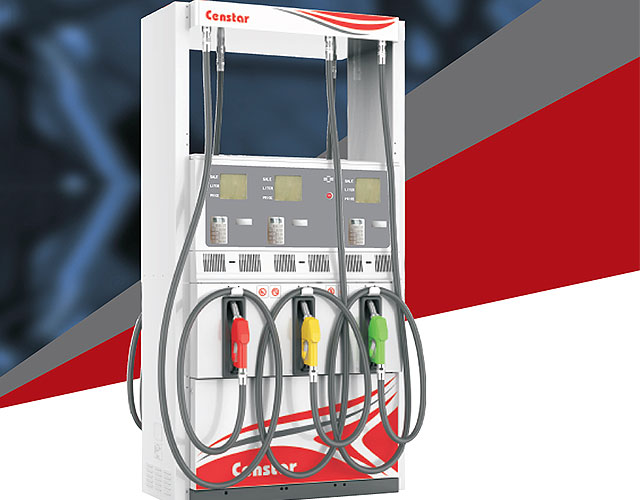
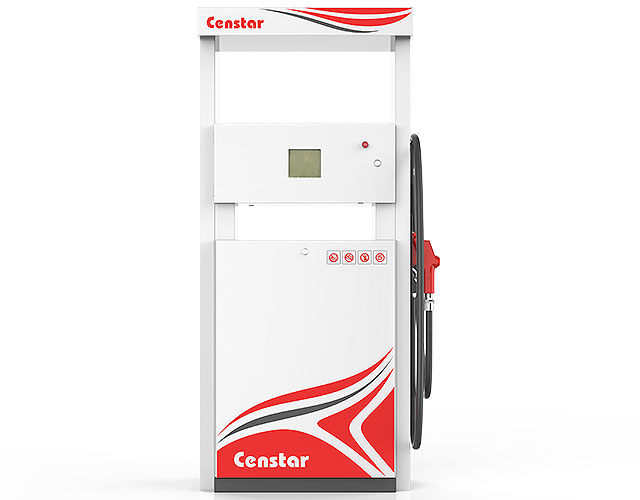
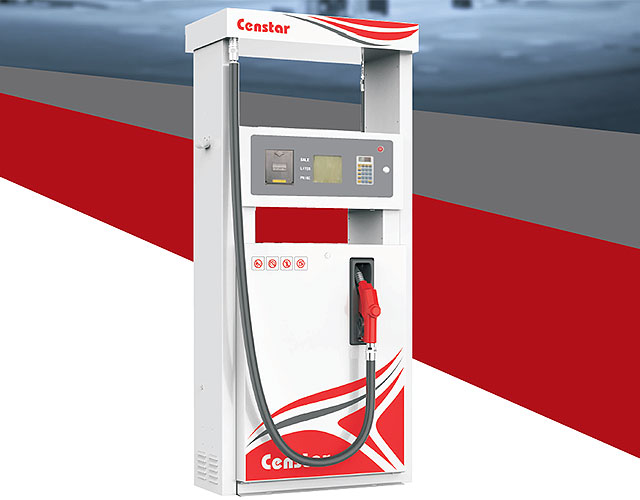

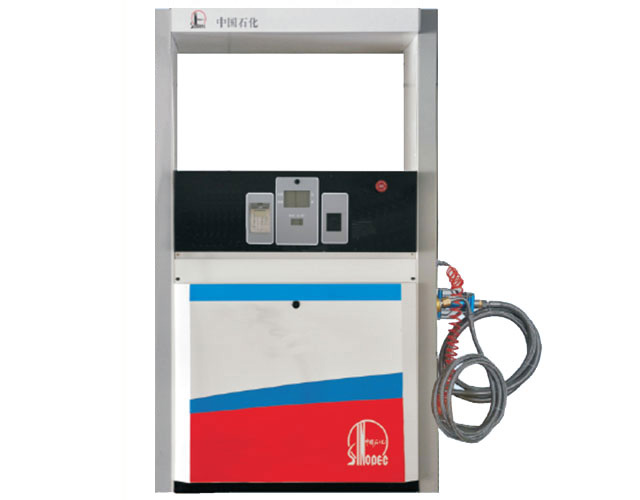
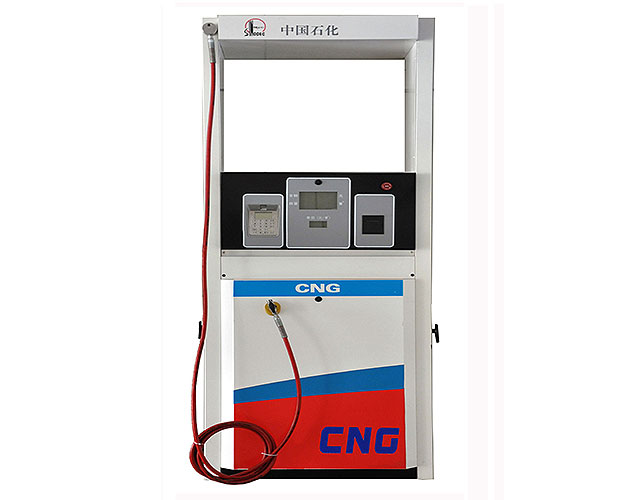
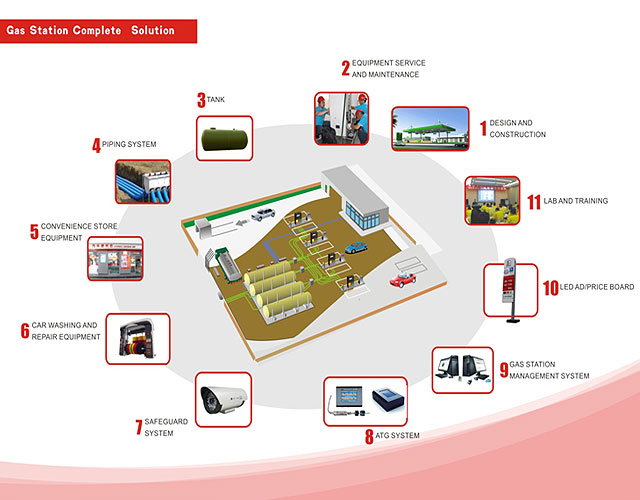
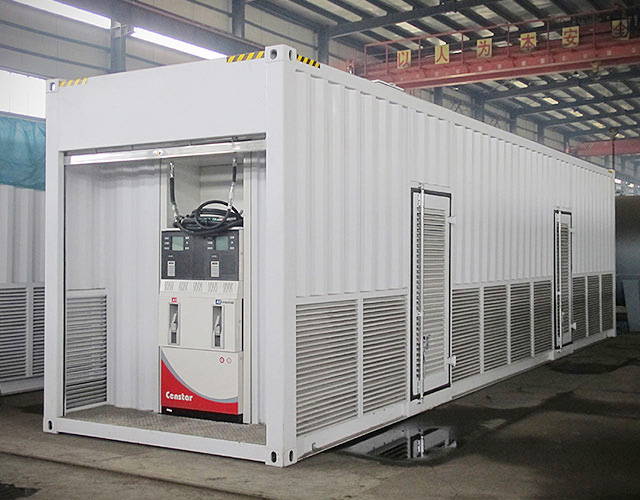

 Message
Message tel
tel Inquiry
Inquiry